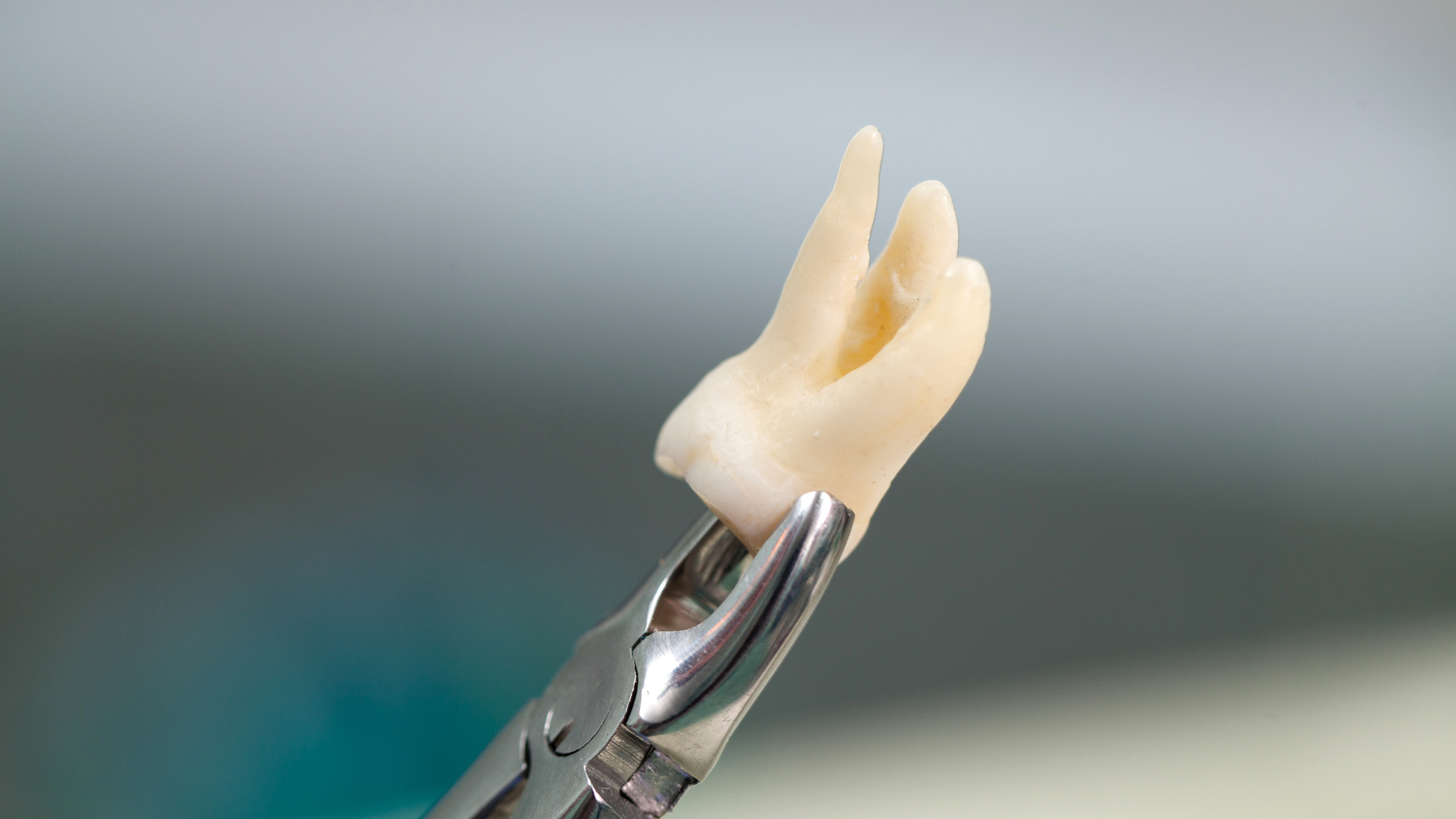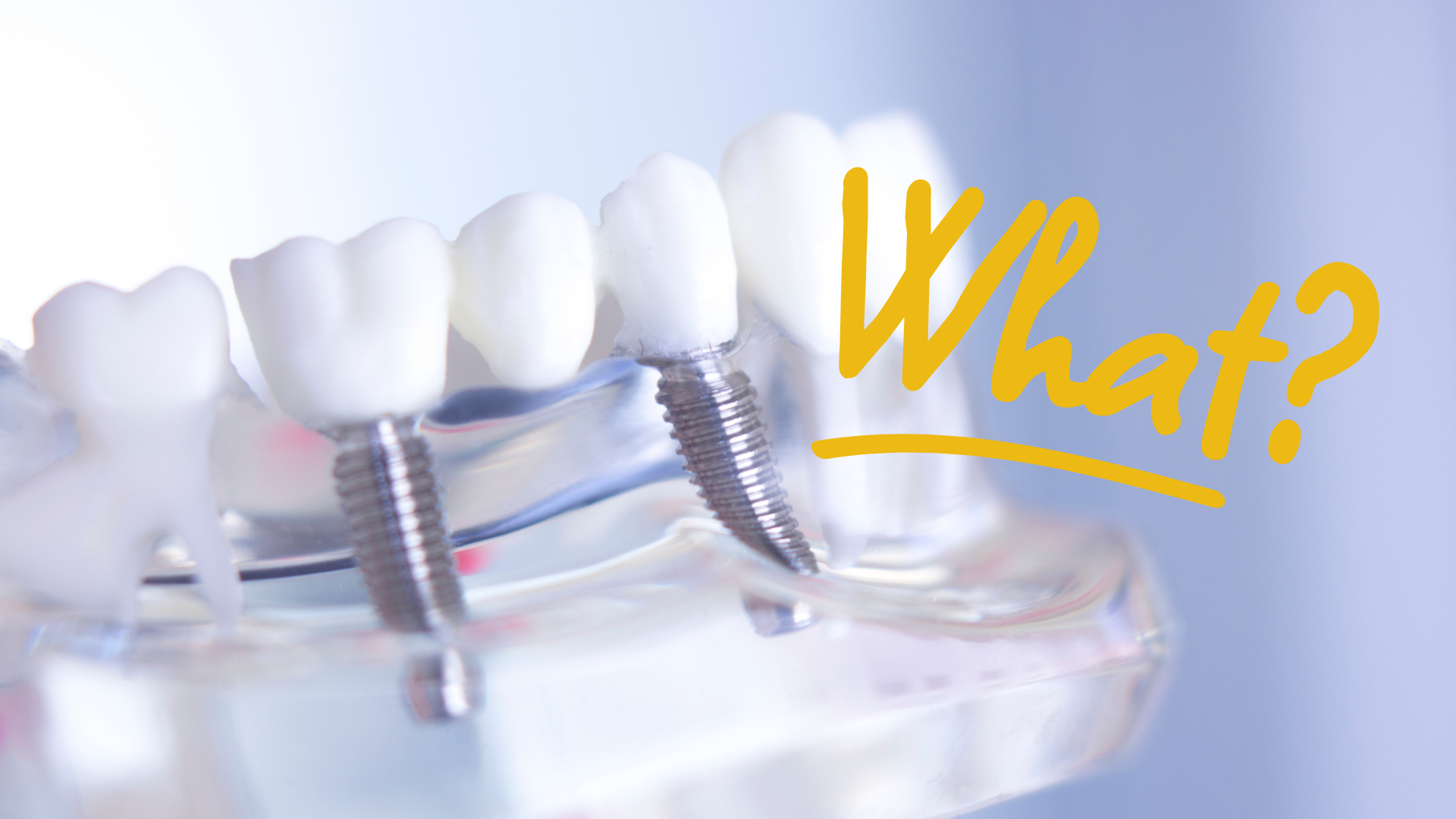What Does a Dentist Do for a Broken Tooth?
Diagnosis and Evaluation
Physical Examination
When addressing the question of what does a dentist do for a broken tooth?, the initial step is a thorough physical examination. This is a critical stage where the dentist visually inspects the affected tooth and surrounding gum area for signs of damage, infection, or decay.
The extent of the break and its impact on the tooth's structure are carefully assessed. This includes checking for any pieces that may have broken off and evaluating the risk of further breakage or complications.
- Inspection of the tooth's color, which can indicate whether the nerve is damaged or if there is internal bleeding.
- Sensitivity tests to determine the response of the tooth to temperature changes or pressure.
- Assessment of the gums for swelling, redness, or signs of injury.
The findings from the physical examination are crucial for formulating an effective treatment plan tailored to the patient's specific needs.

Dental X-Rays
Following a physical examination, dental X-rays play a crucial role in diagnosing the extent of a broken tooth. These high-resolution images allow dentists to view the tooth and surrounding bone structure in detail, identifying any hidden damage that isn't visible to the naked eye.
Dental X-rays are essential in determining the appropriate treatment plan for a broken tooth, as they reveal the depth of the crack or fracture and whether it has reached the tooth's pulp. This information is critical in answering the question of what does a dentist do for a broken tooth?
- Detection of cracks or fractures not visible during the physical exam
- Assessment of any damage to the tooth's root or bone
- Evaluation of the risk of infection or abscess formation
Dental X-rays are a non-invasive diagnostic tool that provides invaluable information, guiding the dentist in creating a tailored treatment strategy for the patient's specific needs.
Pulp Vitality Testing
Following the physical examination and dental X-rays, pulp vitality testing is a crucial diagnostic tool that dentists use to assess the health of a tooth's pulp—the innermost part of the tooth containing nerves and blood vessels. This test helps determine whether the pulp is alive and healthy or if it has been affected by the injury, which is essential in deciding the appropriate treatment plan.
Pulp vitality testing is particularly important when determining the extent of damage to a broken tooth. If the test indicates that the pulp is compromised, the dentist may recommend more extensive procedures such as root canal therapy to save the tooth.
What does a dentist do for a broken tooth? The answer often depends on the results of tests like pulp vitality testing. Treatment may range from simple bonding to more complex procedures like crowns or root canals, based on the severity of the damage and the condition of the tooth's pulp.
The outcome of pulp vitality testing guides the dentist in providing the most effective treatment for a broken tooth, ensuring the best possible prognosis for the patient's oral health.
Treatment Options
Dental Bonding
When addressing the question of what does a dentist do for a broken tooth?, dental bonding is often a viable treatment option. This procedure involves the application of a tooth-colored composite resin to repair and restore the damaged area.
Dental bonding is particularly suitable for minor fractures and chips. It is a conservative treatment that preserves much of the tooth's original structure. The process typically involves the following steps:
- Preparation of the tooth surface to ensure the bonding material adheres properly.
- Application of the bonding agent.
- Shaping of the composite resin to match the contours of the natural tooth.
- Curing the resin with a special light to harden the material.
- Final adjustments and polishing to ensure a smooth finish.
Dental bonding is not only functional but also aesthetic, seamlessly blending with the surrounding teeth to provide a natural appearance. It is a quick procedure that can often be completed in a single visit, making it a convenient option for patients.
Dental Crown
When addressing the question of what does a dentist do for a broken tooth?, a dental crown often becomes a viable treatment option. A crown is a tooth-shaped 'cap' that is placed over the broken tooth to restore its shape, size, strength, and improve its appearance.
The process of fitting a dental crown typically involves the following steps:
- The dentist reshapes the broken tooth to make room for the crown.
- An impression of the tooth is taken to create a custom crown.
- A temporary crown may be placed while the permanent crown is being made.
- Once ready, the permanent crown is cemented onto the broken tooth.
Dental crowns can be made from various materials, including porcelain, ceramic, metal, or a combination of these. The choice of material depends on the location of the broken tooth and the patient's aesthetic preferences. Crowns not only repair the damage but also prevent further deterioration by providing a strong protective layer.
Root Canal Therapy
When a broken tooth extends into the pulp, the dentist may perform root canal therapy. This procedure involves removing the damaged or infected pulp, cleaning the inner chambers of the tooth, and sealing it to prevent further infection. Root canal therapy is a crucial step in preserving a tooth that might otherwise need to be extracted.
In cases where the damage is severe, root canal therapy is often followed by the placement of a dental crown to restore the tooth's shape, size, and function.
- Remove the damaged or infected pulp
- Clean and disinfect the inner tooth chambers
- Seal the tooth with a filling or crown
After root canal therapy, it is important to follow the dentist's aftercare instructions to ensure proper healing and to avoid complications.
Preventive Measures
Regular Dental Check-ups
One of the most crucial steps in preventing dental emergencies, including a broken tooth, is maintaining regular dental check-ups. These visits allow dentists to monitor the health of your teeth and gums, identify any potential issues early on, and provide timely interventions.
Regular check-ups serve as a preventive measure against the progression of minor dental problems into more serious conditions. By detecting early signs of wear, cracks, or decay, a dentist can recommend treatments that may prevent a tooth from breaking. Moreover, during these check-ups, patients can learn about the best practices for oral hygiene and receive personalized advice on how to protect their teeth.
Often, the answer lies in the preventive measures taken before the tooth ever breaks. Here are some key aspects of regular dental visits:
- Thorough cleaning to remove plaque and tartar buildup
- Examination of existing dental restorations for integrity
- Assessment of bite and jaw for any issues that could cause damage to the teeth
It is essential to understand that regular dental check-ups are not just about cleaning teeth; they are a comprehensive approach to maintaining overall oral health and preventing future dental problems.
Oral Hygiene Practices
Maintaining optimal oral hygiene is crucial in preventing further damage to a broken tooth and ensuring the longevity of any repairs a dentist may perform. Proper brushing and flossing techniques are the cornerstone of good oral health, and they become even more important when dealing with a broken tooth. Brushing at least twice a day with fluoride toothpaste and flossing once a day can help remove plaque and prevent decay, which can exacerbate the condition of a broken tooth.
It is essential to be gentle around the affected area to avoid causing additional pain or damage. Using a soft-bristled toothbrush and avoiding harsh scrubbing motions can protect the tooth's remaining structure.
In addition to daily cleaning routines, using an antiseptic mouthwash can aid in reducing bacteria levels in the mouth. This step is often overlooked, but it can play a significant role in maintaining oral health, especially when considering what does a dentist do for a broken tooth? The dentist's efforts to repair the tooth can be supported by a clean and bacteria-free oral environment, which aids in healing and prevents infection.
Dietary Recommendations
Understanding what does a dentist do for a broken tooth? involves more than just immediate treatment; it also encompasses guidance on long-term preventive measures. One such measure is adhering to dietary recommendations that can minimize the risk of further damage to a broken tooth or the occurrence of new injuries.
Proper nutrition is crucial for maintaining strong teeth and supporting overall dental health. Here are some dietary tips to consider:
- Limit sugary foods and beverages, as they can contribute to tooth decay.
- Avoid hard foods that can cause additional cracks or fractures.
- Include calcium-rich foods in your diet to strengthen tooth enamel.
By following these dietary recommendations, patients can not only aid in the healing process of a broken tooth but also fortify their teeth against future dental issues.
Frequently Asked Questions
-
How painful is the treatment for a broken tooth?
The level of pain experienced during treatment for a broken tooth varies depending on the severity of the break and the chosen treatment option. Your dentist will ensure you are as comfortable as possible during the procedure.
-
Can a broken tooth be repaired in one visit to the dentist?
In some cases, a broken tooth can be repaired in a single visit to the dentist, especially for minor repairs like dental bonding. However, more extensive treatments like root canal therapy may require multiple visits.
-
Is it necessary to get a dental crown for a broken tooth?
In many cases, a dental crown is recommended for a broken tooth to provide strength and protection. Your dentist will assess the extent of the damage and recommend the most suitable treatment option for your specific situation.
-
What are the common causes of a broken tooth?
Common causes of a broken tooth include trauma or injury, biting on hard objects, tooth decay weakening the tooth structure, and accidents during sports or other activities. It is important to take preventive measures to avoid tooth damage.
-
How long does it take to recover from a broken tooth treatment?
The recovery time for a broken tooth treatment varies depending on the type of treatment received. Minor repairs may have a quicker recovery time, while more complex treatments like root canal therapy may require additional time for healing.
-
Are there any specific dietary restrictions after treatment for a broken tooth?
Your dentist may recommend avoiding hard or sticky foods that can put pressure on the repaired tooth. It is important to follow any dietary recommendations provided by your dentist to ensure the success of the treatment.
Bernardo Hills Dentistry
11665 Avena Pl # 105, San Diego, CA 92128, United States
(858) 877-9307
Hours & Address
Monday: 9:00 am - 6:00 pm
Tuesday: 9:00 am - 6:00 pm
Wednesday: 8:00 am - 5:00 pm
Thursday: 7:00 am - 5:00 pm
Friday: 7:00 am - 3:00 pm
Saturday-Sunday: Closed
Navigation Links
Hours & Address
Monday: 9:00 am - 6:00 pm
Tuesday: 9:00 am - 6:00 pm
Wednesday: 8:00 am - 5:00 pm
Thursday: 7:00 am - 5:00 pm
Friday: 7:00 am - 3:00 pm
Saturday-Sunday: Closed
Navigation Links
Hours & Address
Monday: 9:00 am - 6:00 pm
Tuesday: 9:00 am - 6:00 pm
Wednesday: 8:00 am - 5:00 pm
Thursday: 7:00 am - 5:00 pm
Friday: 7:00 am - 3:00 pm
Saturday-Sunday: Closed
Navigation Links
Bernardo Hills Dentistry | All Rights Reserved



